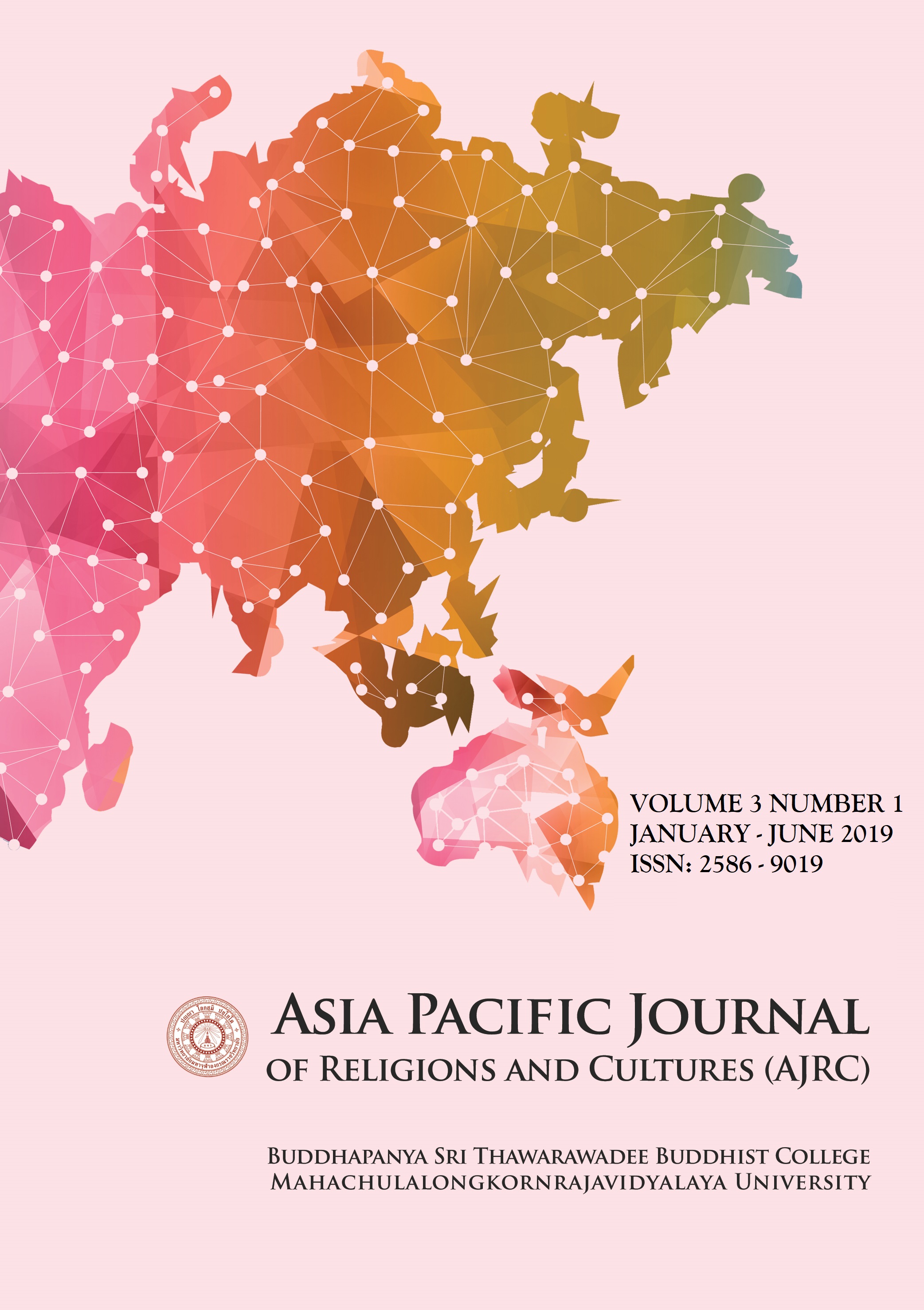Strategies for Community Tourism Development Based on Biodiversity in Nang Phaya Sub-District, Thapla District, Uttaradit Province
Main Article Content
Abstract
As the trend of natural tourism is becoming popular, there are more and more visitors to the area of Nang Phaya Sub-district, which is a tourist area with biodiversity. The objectives of this study were to study tourism strategies based on tourism biodiversity by collecting data via in-depth discussions and group discussions among local leaders, sages, and administrative officials in Nang Phaya Sub-district, Uttaradit Province, and stakeholders. The study found that the strategies to be adapted to develop the community’s tourism based on its biodiversity are the strategy on tourism and environmental resource management, the strategy on the participation of local people, the strategy on tourist service and provision of infrastructure, and the strategy of marketing promotion and tour guide service. These strategies are to be used in the sustainable planning and development of the community tourism of Nang Phaya based on its biodiversity.
Article Details
References
Chittangwatthana, B. (1999). Sustainable Tourism Development Planning. Chiang Mai: Chiang Mai University.
Chongwuthiwet, N. (1984). People Participation in Development. Bangkok: Mahidol University Press.
Chuaibamrung, T. (2007). Community-based Tourism: the Beginning of sustainable Development. Retrieved January 15, 2017, from Tourism Authority of Thailand: http://thai.tourismthailand.org
Chuto, N. (2002). Qualitative Research (2 ed.). Bangkok: Maths Point.
Cooperative Research Center for Sustainable Tourism. (2008). Culture and Heritage Tourism: a Growing and Evolving Industry in Australia. Retrieved May 30, 2011, from http://www.sustainabletourismonline .com/awms/Upload/Resource/CRC%208012%20Culture%20and%20Heritage%20bk_LoRes.pdf
Dowling, R. (1995, September). Regional ecotourism development plans: Theory and practice. Canberra.
Energy Policy and Planning Office. (2011). Energy Policy and Planning Office Strategy 2551-2554 BE. Retrieved December 30, 2016, from http://www.eppo.go.th/index.php/th/planpolicy/stategyeppo
Ninphanit, C., & Thanaphongsathon, K. (1989). Civil Participation In Rural Development. In General Knowledge For Sub-District And Village Development (3 ed.). Nonthaburi: Sukhothai Thammathirat Open University Press.
Office of the National Economic and Social Development Board. (2007). The Tenth National Economic and Social Development Plan (2550-2554 BE). Retrieved January 15, 2017, from http://www.nesdb.go.th/ewt _news.php?nid=5747&filename=develop_issue
Phatthanaphongsa, N. (2003). Participation: General Principle, techniques, and Case Study. Bangkok: 598 Print.
Phimonsomphong, C. (2005). Tourism Planning (5th ed.). Bangkok: Kasetsart University Press.
Phirasan, C. (2012). The Cooperative Development of the Communities Residing around Sukhothai Historical Park Using Cultural Body of Knowledge for Tourism. Research Report, Naresuan University, Phitsanulok.
Saiprasert, N. (2010). The Development of Patterns for Community Tourism in Huaisatyai Sub-district, Huahin District, Prachuabkhirikhan Province. Thesis, Maejo University, Chiang Mai.
Sinonsiri, P. (2013). The pattern of community-based tourism operation in Lower Northern Thailand. Research Report, Naresuan University, Phitsanulok.
Sudprasert, K. (1997). Operative Research with the Participation of Practitioners. Bangkok: JNP Limited Partnership.


